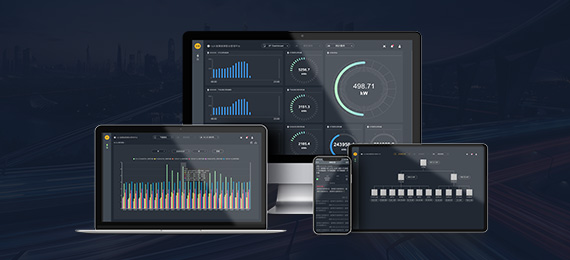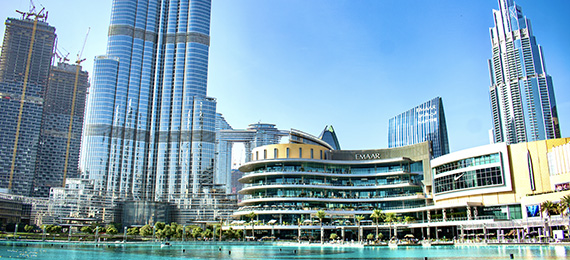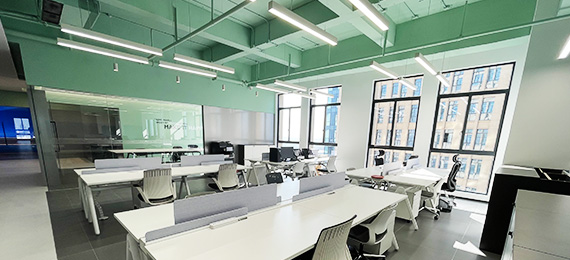Industry News – “Net Zero Carbon Emissions” Three Aspects of Taiwan’s Industrial Transformation
<News source: Just Enjoy Knowing Author Yu Xian・2022/04/12>

Taiwan is an export-oriented country. In particular, industrial products such as manufacturing account for more than half of the total GDP. The greenhouse gas emissions of manufacturing-related industries in 2019 accounted for 51% of the country’s total. It can be seen that the manufacturing industry has a great impact on the overall environment.
Different carbon reduction methods are suitable for different enterprises. In the “Taiwan 2050 Net Zero Emission Path and Strategy” released by the National Development Commission at the end of March 2022, it is mentioned that the transformation of Taiwan’s manufacturing industry can be carried out from process improvement, energy conversion and circular economy. Three. A broad-based approach to planning carbon reduction paths.
Based on the three major aspects of process improvement, energy conversion and circular economy, and integrated into the “Net-Zero Challenge: The supply chain opportunity” report released by the WEF World Economic Forum, the following are the common carbon reduction methods and average costs in the manufacturing industry. Enterprises can choose the carbon reduction method that is most economical to themselves according to different industrial characteristics.
Want to learn more about ESG and ways to reduce carbon? Participate in the activity “Carbon Inventory Begins with Smart Green Energy Factory”, and let industry experts explain in depth for you!
Process improvement
The largest proportion of carbon emissions in the manufacturing industry is generated in the production process at the factory side. In the short term, enterprises should consider optimizing the process, introducing new equipment, and introducing intelligent energy-saving management systems. In the long run, the development of innovative technologies (such as hydrogen and fluorine-containing gas reduction) should be the direction.
Use a more efficient process/flow:
The cost of reducing CO2 emissions per ton is about 10-100 euros
Improve production efficiency in the manufacturing process, such as improving equipment utilization OEE, reducing equipment standby time, or optimizing process effectiveness to improve production quality. Various methods to improve production efficiency and reduce production time can reduce electricity usage and greenhouse gases. the effect of emissions.
Introduce or transform more efficient manufacturing processes/workflows with the assistance of digital system tools. Reduce carbon emissions from business operations through optimized workflows or the use of new processes or processes that are more efficient, stable and controllable.
If the information between the various processes is not transparent enough, the inability to grasp the relevant upstream and downstream data or the inability to communicate in real time are the most common reasons for the inefficiency of the business operation process. Through production and sales communication during the manufacturing process, to ensure that customer needs, orders, and product models on the production line are consistent, the amount of waste generated can be reduced.
Utilizing technologies such as digital system tools, IoT, 5G, and sensors to integrate real-time data and information of various departments, whether in corporate office operations or production site processes, in addition to making the communication benchmarks of various functions consistent, it can also gradually Build AI data models to help companies optimize processes.
Reduce energy and material waste:
Reduction of CO2 emissions per ton at a cost of less than 10 euros
Through energy management, unnecessary consumption of energy and power can be reduced. It should be able to grasp the power consumption status of various equipment, and introduce an intelligent energy monitoring system. Through the understanding of the overall peak and off-peak time of electricity consumption, the timing of electricity use can be allocated. . In addition to saving energy, it can also save electricity bills.
Using an ISO-compliant intelligent energy monitoring system and integrating IoT meters to help companies monitor energy usage in real time, through the energy performance management system, after collecting energy data for a long time, it is possible to further predict energy and provide early warning of abnormal conditions. , reduce greenhouse gas emissions with digital management technology, and make electricity use more rational and optimized.
energy conversion
In the short term, the focus is on expanding the use of renewable thermal energy such as biomass fuels, while in the long term, green electricity and carbon-free energy will be used 100%.
Using renewable heat:
The cost of reducing CO2 emissions per ton is about 10-100 euros
Use microorganisms, plants, animals and their excrement, etc., such as hydrogen, biomass fuel or biogas, to replace the coal and oil originally used in the manufacturing process, and convert the chemical energy in the biomass into The use of various energy types such as electrical energy, thermal energy or mechanical power.
Using renewable energy/green electricity:
Reduction of CO2 emissions per ton at a cost of less than 10 euros
The National Development Commission encourages enterprises to implement the RE100 goals and increase the proportion of renewable energy used. For example, various renewable energy power generation methods can be used, such as solar photovoltaic, offshore wind power, or biomass energy. The use of renewable energy can also be achieved by purchasing green electricity or green electricity certificates.
Today’s solar photovoltaic technology is very mature, more and more enterprises choose to deploy solar power generation equipment in their own factories. However, the initial investment amount of solar energy is relatively large, and the procedures and official demand documents in the process are cumbersome.
Enterprises can raise funds through green financing, and use digital system tools to achieve project management of solar photovoltaic, from initial investment to post-maintenance operation. In addition to using the data model from the early stage to ensure the return on investment (IRR), it can also assist in cost control during the construction period, do a more comprehensive risk management, and simultaneously do a good job in the overall layout of ESG.
Circular Economy
In the short term, the replacement of raw materials will be the main focus, and in the long term, it will be the development and application of new technologies such as carbon dioxide capture and reuse (CCUS).
Increased use of recycled/recyclable materials:
Reduction of CO2 emissions per ton at a cost of less than 10 euros
In the early stages of product design, the selection conditions for the use of materials should be planned. Reduce the use of virgin materials, increase the use of recycled materials, and increase the proportion of recycled materials.
In daily product design, the most commonly used raw material is plastic. In the manufacturing process of plastic, there are many ways to recycle and reuse materials. Digital system tools can assist enterprises to manage the use of raw materials, including customer requirements for raw materials, product specifications for raw materials, the use and proportion of raw materials and secondary materials in the process, and how to do a good job in material recycling action. It makes the recycling and reuse of plastic secondary materials more convenient, the product quality is more stable, and the material cost can be simultaneously reduced.
CCUS: Reduction of CO2 emissions per ton at a cost of more than 100 euros
CCUS refers to Carbon Capture, Utilization and Storage (Carbon Capture, Utilization and Storage) to reduce the inevitable carbon emissions in the manufacturing process. Collect carbon dioxide emissions from industrial product manufacturing or energy conversion from fossil fuels, capture carbon through various technologies, and then use and recycle synthetic chemicals for research and development (e.g., convert them into chemical raw materials such as methanol and methane) or store them on land middle.
2050 net zero transition, find the most cost-effective way to reduce carbon
There are various ways to reduce carbon, and different methods are suitable for different industries and enterprises. If we compare the three aspects of cost, implementation difficulty and efficiency, Taiwan’s manufacturing industry can give priority to reducing energy consumption in the production process and reducing material waste. , or use three methods of renewable energy/green energy as the initial choice for enterprises to reduce carbon emissions.
For example, in the 900 billion budget for net-zero transformation announced by the Taiwan National Development Council in March 2022, the “Energy Saving and Boiler Replacement” project, which is used to improve the energy efficiency of equipment and the replacement of boilers, will amount to 128 billion. Enterprises can also consider and choose a carbon reduction method that is beneficial to themselves based on national strategies.
Net zero carbon emissions is a long-term marathon competition. Enterprises should first conduct carbon inventory to understand their own situation, and then use real data as a basis to tailor their own carbon neutrality blueprint and choose the most suitable carbon reduction method. Seize the time, take advantage of the opportunity of 2050 net-zero transformation, turn the crisis into a turning point, and stand firm on the business opportunities in the global supply chain.



